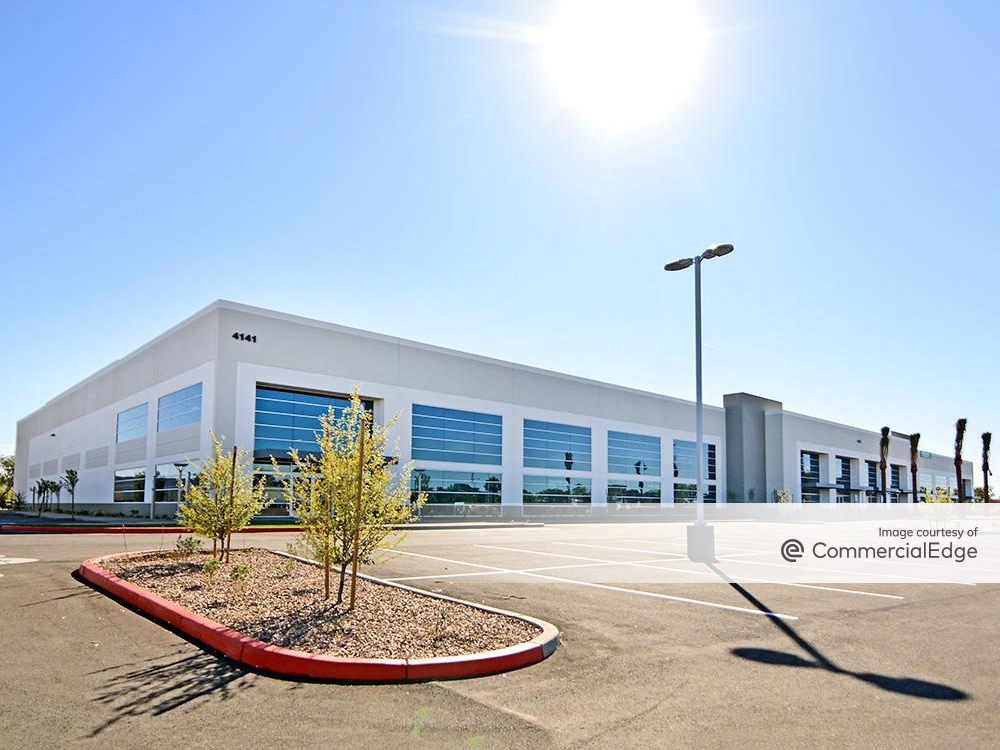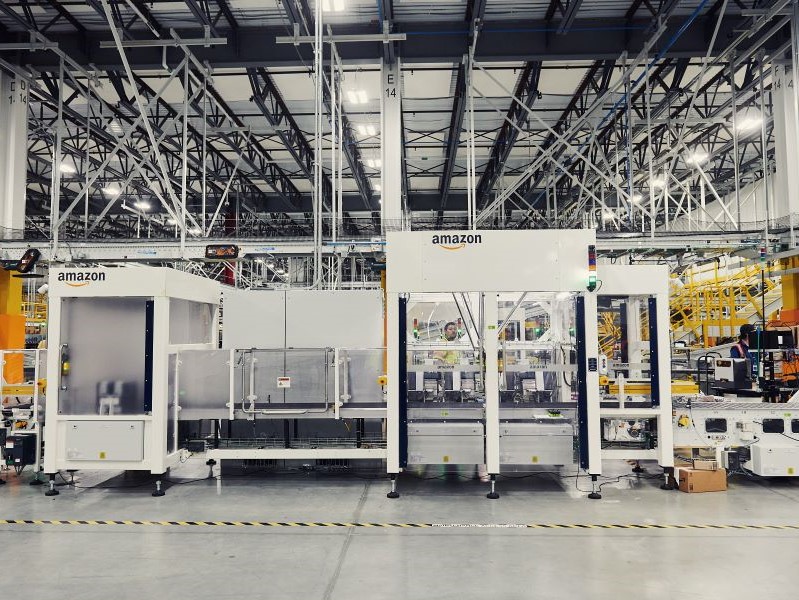How COVID-19 Is Affecting Investment
How well commercial real estate fares will largely be determined by what market and what product type investors are exposed to, says Meg Epstein of CA South.
When it comes to investing, uncertainty is a powerful disruptor. And COVID-19, the illness caused by the novel coronavirus, has added uncertainty for investors across all asset classes and industries. Real estate is one of them.
The commercial real estate industry has already dealt with a number of related issues, from non-essential business closures and delays in material deliveries to shrinking rental income. What’s yet to be dealt with are questions regarding when the economy will open, what that will look like, and what long-term effects current financial hardships might have on the economy.
What’s occurred so far and what’s yet to come are already driving decisions and changing markets. Here’s how COVID-19 is affecting real estate investing and how things are shaping up.
Each market has its unique demand and supply fundamentals
When you hear about “the commercial real estate industry,” it’s easy to think of it in terms of the whole country, especially when the whole country is struck by crisis. But there’s really no national real estate market. Instead, the country is made up of thousands of unique and individual markets. Each major city has its own demand and supply fundamentals, of which the biggest drivers to demand growth are demographic trends and job creation. Locations with diversified economies like Nashville, Tenn., with its major university, entertainment, tourism, music and thriving healthcare sector, are likely to fare very well on a relative basis.
The South and Southeast have been gaining in relative popularity for many years, and this trend is likely to continue regardless of macroeconomic fluctuations.
While every market will be affected by COVID-19, the ultimate winners and losers will be determined by these supply-and-demand fundamentals.
Big cities with high costs of living could fare the worst
Big cities like San Francisco and New York, for example, where property prices are far from affordable and taxes are high, are likely to see a continued exodus to more affordable markets as unemployment increases. These areas tend to be more cyclical and harder hit by what is happening in the financial markets.
Even before the pandemic, real estate investors were allocating capital not just to cities with growing populations and job markets but where tax environments are friendly and economies are diverse. The trend of investing in second-tier cities was growing before anyone had ever heard of COVID-19.
Again, Nashville, Tenn., is a great example of this with its low property taxes and relatively affordable housing market, and new employers Amazon, Facebook, Oracle and AllianceBernstein are moving into town regardless of the virus.
This trend toward affordability, which made sister cities Austin and Seattle so popular, began in earnest during the recovery from the last major financial crisis when employers sought out cities where there was talent, favorable taxes and a lower cost of living. In a self-perpetuating cycle, investment in commercial properties increased in those second-tier cities and a critical mass of infrastructure, restaurants and hotels was achieved, creating momentum and unstoppable growth.
It’s not unthinkable that, post-pandemic, people living in areas with high costs of living who lose their jobs now have less reason to stay in that high-cost location. It makes the workforce more mobile, and cities like Nashville, Tenn., which have a lower cost of living (including no state income tax) and affordable homes, would attract those considering such a move.
Population trends will continue to help paint the supply-and-demand picture for commercial real estate, and investors would be wise to keep an eye on geographic shifts that could occur as the crisis eases and ends.
Each asset class will have a different response
While the world has experienced financial crises throughout history, nobody in business today has gone through one caused by such a severe health scare. In that regard, there’s some uncertainty as to how different industries and asset classes will respond to a crisis that’s unlike a “typical” financial crisis. It’s not difficult to predict, however, that in commercial real estate, different asset classes will have different responses.
Retail properties would seem to be the hardest hit. Many non-essential businesses are closed, and essential businesses are operating under tough circumstances. Even as the economy reopens, retail could see a more gradual return, one with possible limits on occupancy, hours of operation and more. When you combine this with recessionary pressure and an acceleration to online shopping, it spells bad news for all retailers except very unique “destination retailers.”
Meanwhile, industrial properties appear poised to fare the best. From a demand perspective, increases in online shopping typically mean that there’s an increased need for warehouse space and distribution centers. As the retail business continues to move online, smaller retailers will seek industrial space, too. Smaller projects—in the 5,000-square-foot to 50,000-square-foot range—could be attractive investments in those second-tier markets.
In locations where jobs have been lost and might not quickly return, logic would dictate that demand for office space would fall. But the need for more space and the elimination of “open plan” offices and a return to private offices could actually increase the amount of square footage needed per employee, thus driving up demand in some instances. But overall, office space will likely not fare as well as industrial does.
Multifamily is likely to be more impacted by the growth and decline of jobs, as discussed above, making it fluctuate much more by region. As credit tightens and housing starts to decline, a pullback in supply is very likely. Though, again, this could be balanced out by an exodus of people from some markets into others. It’s entirely possible that markets like Nashville, Tenn., will see a stabilization or only a small dip in housing prices combined with more reasonable housing growth. When you compare this with the past 10 years of extraordinary price appreciation and huge supply growth, many buyers would probably welcome this slowdown and a more “normal” market where supply and demand are more closely aligned and prices stay stable instead of skyrocketing.
Overall, how well commercial real estate fares will largely be determined by what market and what product type investors are exposed to. But there will certainly be winners and losers as the uncertainty fades, the crisis subsides, and we enter into a different kind of market cycle.
Meg Epstein is CEO of CA South, a boutique real estate investment and development firm that focuses on niche mixed-use commercial projects in Southeastern markets.








You must be logged in to post a comment.